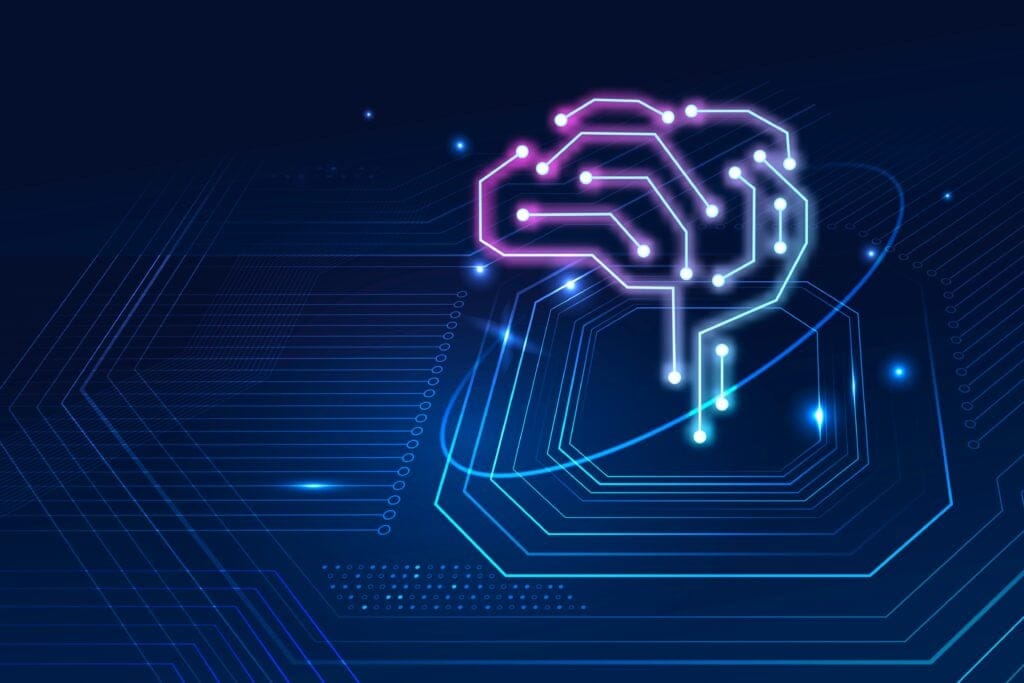
What started as an impromptu coffee conversation with a college professor has led to a lifelong passion of advancing machine learning for Juan Marcano. At Uber, Juan applies his expertise as a Senior Software Engineer using language processing to ensure Uber apps are released flawlessly every time in the face of extreme complexity.
Tell us a little bit about yourself.
“I was born and raised in Venezuela in a town that did not have traffic lights. The best way to get to know me is to learn about my heroes. Besides my parents, there are two characters that I have always wanted to be like: Dumbledore (from Harry Potter) and my Godfather. Dumbledore was really good at magic, he taught others, had faith in others, helped them achieve their goals, and was a really good person at heart. My Godfather, Carlos Alvarez, was a mathematician (a very strong one) and former dean of the college of sciences at University of Los Andes. He was a true Dumbledore in flesh and bone. His magic did not come from spells and potions, but from his heart. Every 6 months, when I assess what initiatives I commit to, I ask myself if they would help me be more like Dumbledore and like my Godfather.
How did I get into machine learning? By accident. I went to grad school because I wanted to do research on wearables. That was the cool thing to do back then. However, getting the right professors and projects started to get tricky, and somehow I stumbled upon a professor with machine learning projects. A coffee conversation with him led me to get ahold of some really interesting data, and the rest is history. We became advisor and student, and also very good friends, and we call each other on our birthday (yes, they are on the same day!).”
You’ve been at Uber for nearly 3 years. How has your role evolved?
“I have the opportunity to work on many different projects, and my role is always changing every 3 to 6 months. I joined Uber to apply machine learning for software testing and it has pushed me to learn more about language processing, backend, and even how Android and iOS work. This has evolved into a role where I am collaborating with other teams at Uber to bring efficiency to the problems they are solving. Last but not least, I teach deep learning at Uber and help rebels get their projects to a state where they can be impactful.”
What has been one of your proudest moments?
“I find meaning in my work every day, but our launch of the Uber app for drivers in Pashto and Dari is very special to me. I was born and raised in Venezuela, and like many refugees from Afghanistan, I was forced to leave my country and start from scratch. I am very fortunate because I was able to come to the US, study, and do what I love, which is solve machine learning problems at Uber scale. However, many immigrants do not have the same opportunities that I had. In fact, when you go to South and Central Florida and you request a ride through the Uber app or order on Uber Eats, your driver will most likely be Venezuelan. Those who speak English use the Uber apps in English, and those who don’t can switch to Spanish easily, and join the many drivers who have been driving with Uber in Spanish since late 2015. One day after reading the news about the refugee crisis in Afghanistan, I remember thinking about how Uber could be an important way for recently resettled refugees to make a living. But unfortunately at that time, the Uber Driver App was not available in either Pashto or Dari, the two official languages of Afghanistan.
Thankfully a cross-functional team was already thinking about ways to change that. So when I was approached to support the launch of the driver app in Pashto and Dari, I did not think twice and dove into the work. We localized the app and validated that the content of the app was translated correctly. For Pashto, we were able to use machine learning to automate some of the review work, which sped up the verification process. For Dari, we were not able to, so we reviewed everything manually, which took a lot of effort. Then, we fixed some last-minute bugs at record speed and launched.
This launch is one of the most exhilarating things that I have ever worked on. The thrill and satisfaction of feeling that our work is going to help provide Afghans with an opportunity to earn and have a second chance, just like many Venezuelans did, is indescribable.”
What are you focused on today?
“I am focused on two things. Number one is helping Uber move fast using machine learning. Given our scale, it is really expensive to review every single thing that is breaking, so my team uses language processing in logs and automation to find anomalies and help others triage those problems.
The other thing I am focused on is helping others address their machine learning problems through teaching and mentorship. There are many teams at Uber that have machine learning problems, but we only have a small pocket of machine learning experts. So we formed a small group of people that create learning materials and hands-on exercises on core concepts. We know that if we combine what we teach with the creativity of Uber employees, amazing things will happen.”
What are the most interesting challenges you need to solve?
“There are two overarching themes for me: The first challenge is to help people find and triage bugs faster, and we are using machine learning for that. The second challenge is to empower others to solve their machine learning problems, which I am approaching by teaching and developing tools.”
What excites you about the work you do?
“Uber is one of those companies that really spoils you. The scale that we work with and the types of problems we are solving are very fun and hard to find. We facilitate millions of trips per day, so the things that happen under the hood to handle this gracefully and reliably are very complex.
I love tackling difficult problems and I find that very exciting. When I see my contributions help people earn and get around their communities, my excitement levels are over the roof. The technical challenges give me headaches every once in a while, but the results put a smile on my face.”
Interested in joining us? Explore our open roles across Engineering ->
Posted by Philip Graumann
Come reimagine with us
Related articles
Most popular

Uber’s Journey to Ray on Kubernetes: Ray Setup

Case study: how Wellington County enhances mobility options for rural townships

Uber’s Journey to Ray on Kubernetes: Resource Management





